What are “Places of Refuge” for Ships?
One of the most inevitable things about a ship’s journey at the sea is running into an unprecedented circumstance. Even with mariners always being prepared for adverse conditions, ships being cornered into helpless situations are very common.
When a ship meets an accident or is unable to continue its journey, the main concern remains to get the ship, its crew and the cargo out of imminent danger, while causing no harm to the surroundings.
The most logical way would be to take the ship to a secure place, so as to prevent further damage to crew or environment. That secure place would again, logically, be the closest port for ship to harbor. However, that’s where the minor problem is. Taking a damaged ship to a port might cause problem for the port authorities especially if it can cause damage to host port making it a political concern as well.
History of Places of Refuge for Ships
The idea of ships place of refuge has existed for a very long time. Even in 19th and 20th century, vessels in distress enjoyed the right to seek refuge and gain friendly protection from different ports. However, it was in 21st century that a need for internationally recognized system of seeking refuge was felt. The first notion for such a system was proposed in 1980. Then it was suggested as an obligation of the coastal state to offer refuge to a distressed vessel seeking it.
In 2000, a vessel named Erika carrying heavy fuel oil met with an accident eventually leading to pollution of entire French coast. Another vessel named Castor carrying unleaded fuel developed structural problems and sought refuge from Spanish port. The vessel unsuccessfully sort refuge for more than 30 days, meanwhile augmenting the risks posed due to its cargo contents. Following such events, IMO felt the need for a standard guideline. Following long debate on the matter, in November 2003, IMO adopted two resolutions addressing the issue- Resolution A.949 (23) and Resolution A. 950 (23).
To make things easier for all mariners, IMO came up with idea of places of refuge. According to IMO, ship place of refuge is a place where a vessel in distress can be safely taken to, in order to prevent further damage or deterioration of the ship.
The guidelines of IMO state two situations for use of places of refuge:
- In case the safety of life on distressed ship is not in jeopardy but the vessel has been damaged and cannot be left in its current location without causing further damage
- The safety of life of those on the distressed vessel is in jeopardy
It should be noted that in either case, the places of refugeare not necessarily ports where a ship can seek refuge. Any place where a vessel in distress can be safely moved to without causing further damage to the vessel or pollution to the immediate environment can be regarded as places of refuge.
The biggest dilemma in such a situation is faced by the ports where a vessel in distress seeks refuge. The extent of damage incurred on the vessel and its further deterioration can often pose danger to the port as well. As such, there is always a political and legal issue regarding offering refuge to a vessel in distress.
While the ports hold an option to turn down the vessel seeking refuge, in doing so they may further endanger the vessel, its crew and cargo. In absence of a defined international body looking into the standard means of doing so, the chaos can become excessive. With IMO’s guidelines and Maritime Assistance Services (MAS) having been established, it becomes easier.
Under the Resolution A.949 (23) of IMO guidelines, IMO focuses on
- setting of internationally recognized place of refuge for ships
- invites governments of inviting nations to take these guidelines into consideration
- Constantly modify and upgrade the guidelines.
According to IMO, for a vessel seeking places of refuge, the following things are expected from the vessel crew and salvor:
- Identify why his ship needs a place of refuge
- Should have an idea about the nature and extent of casualty risk if the vessel be left unattended
- Identify the actions needed to be taken
- Contact the nearest coastal authorities through coastal state’s Maritime Assistance Service
- All the further communication between the vessel and coastal authorities should be according to the MAS and should be properly notified
Within each coastal area, there could be a certain place of refuge for ships authorized by the government. Selection of such locations is done on the basis of nature of damage they might be exposed to and advantages and disadvantages of choosing those locations.
How is place of refuge selected?
When a vessel in distress requests for a place of refuge, the coastal state has the freedom to decline the request. However, before doing so, it must consider all the factors and provide a reasonable response.
In either case of acceptance or denial of request, the coastal state should offer practical requirements to aid the vessel’s way to safety.
In case the coastal state requested for place of refuge for ships happens to be a port, a security in favor of port will need to be offered in terms of payment of all expenses incurred meanwhile like port dues, pilotage, mooring operations and miscellaneous expenditures.
References maritimejournal , imo , comitemaritime
Do you have info to share with us ? Suggest a correction
Latest Ship Safety Articles You Would Like:
About Author
Marine Insight News Network is a premier source for up-to-date, comprehensive, and insightful coverage of the maritime industry. Dedicated to offering the latest news, trends, and analyses in shipping, marine technology, regulations, and global maritime affairs, Marine Insight News Network prides itself on delivering accurate, engaging, and relevant information.

About Author
Marine Insight News Network is a premier source for up-to-date, comprehensive, and insightful coverage of the maritime industry. Dedicated to offering the latest news, trends, and analyses in shipping, marine technology, regulations, and global maritime affairs, Marine Insight News Network prides itself on delivering accurate, engaging, and relevant information.
Latest Maritime law Articles You Would Like:
Latest News
- What are Logistics Risks?
- How Port and Terminal Operators Can Control Emissions?
- Minimum Quantity Commitment (MQC) and Liquidated Damages in Container Shipping: Concept and Relevance
- MARPOL (The International Convention for Prevention of Marine Pollution For Ships): The Ultimate Guide
- The Ultimate Shipping Container Dimensions Guide
- A Comprehensive Overview of IMDG Code for Shipping Dangerous Goods
Subscribe To Our Newsletters
By subscribing, you agree to our Privacy Policy and may receive occasional deal communications; you can unsubscribe anytime.



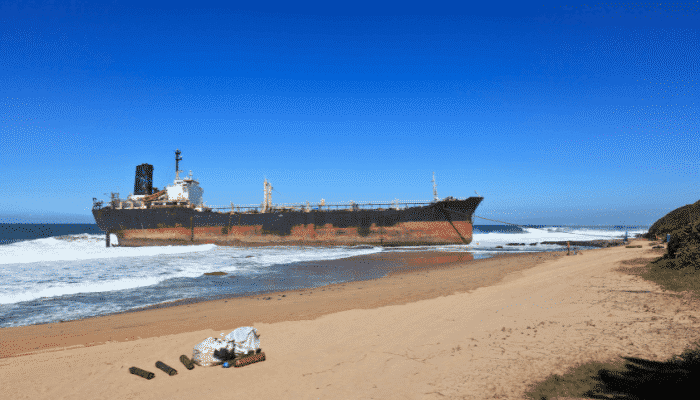
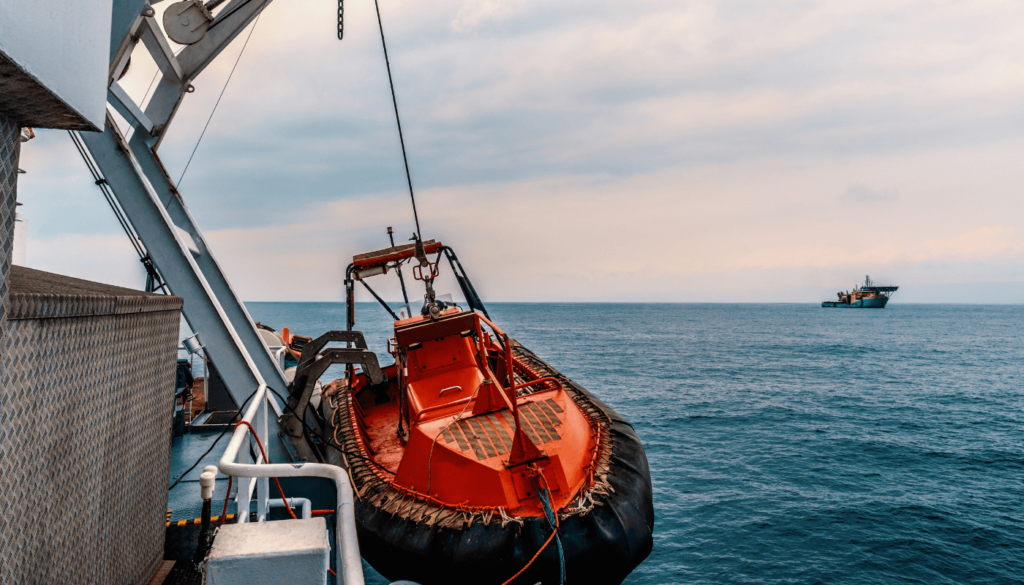
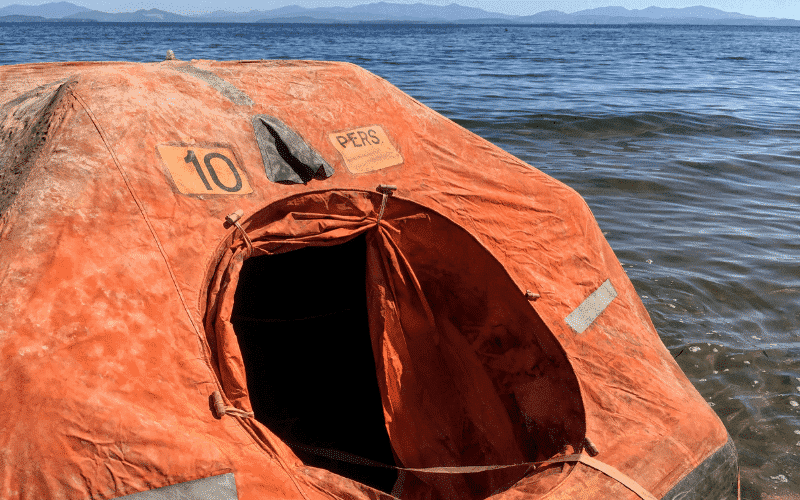
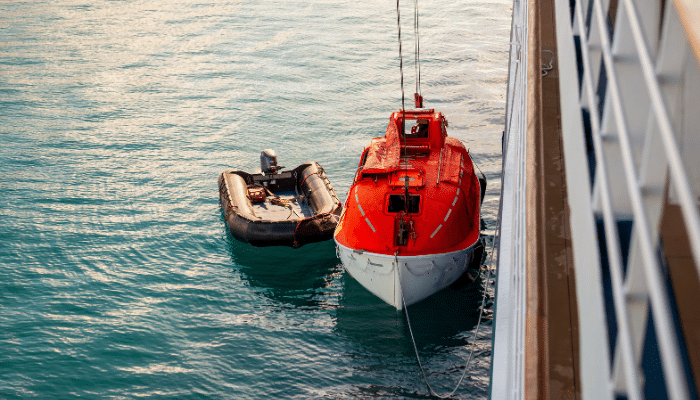

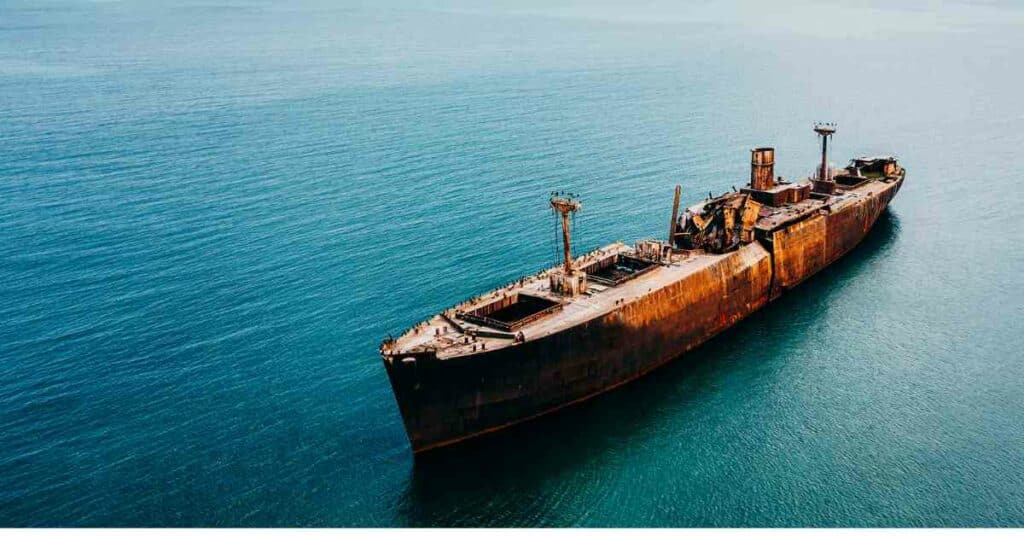





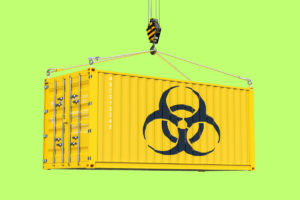






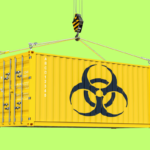
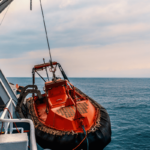
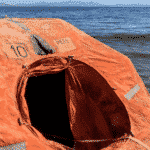
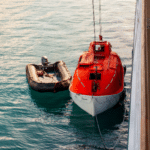

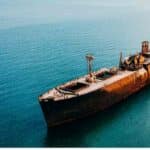
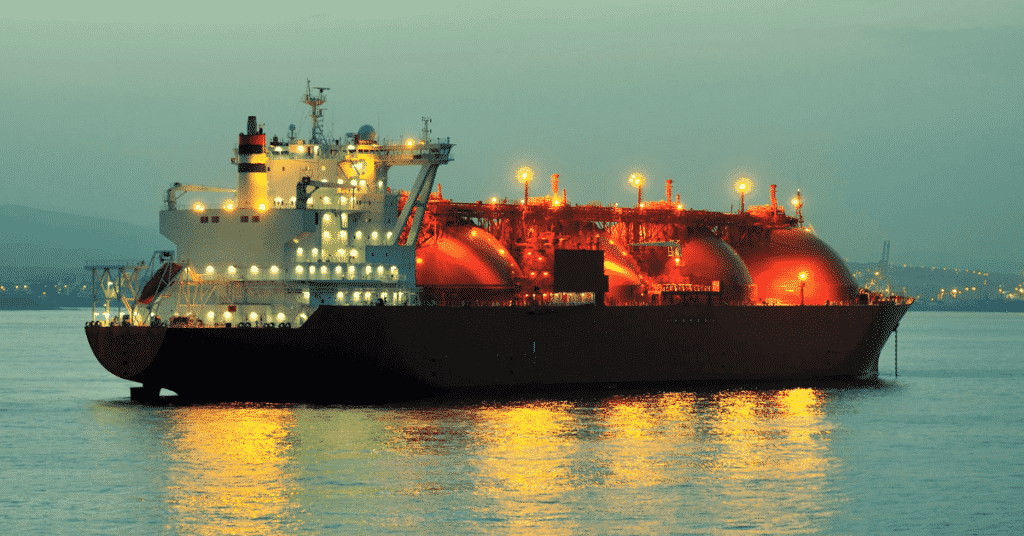
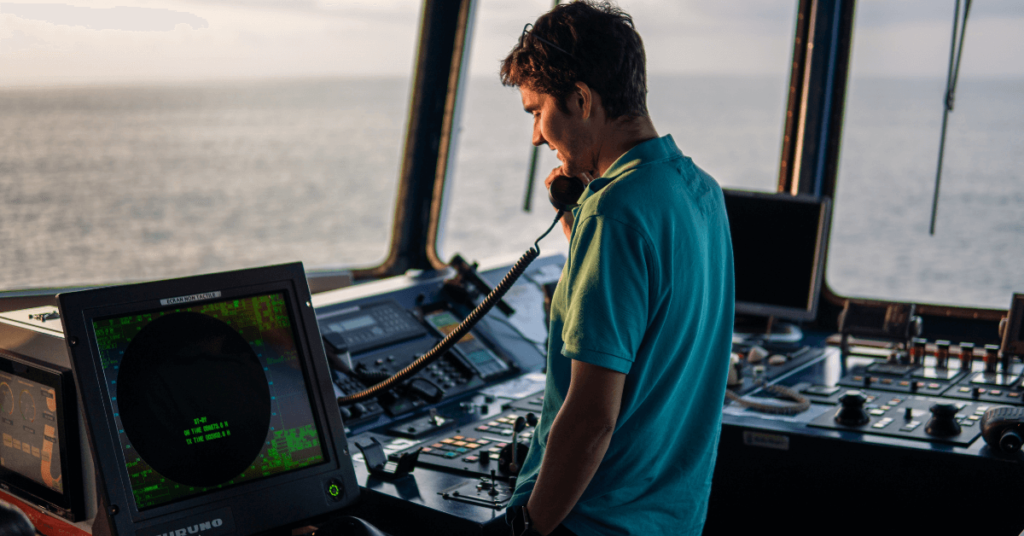
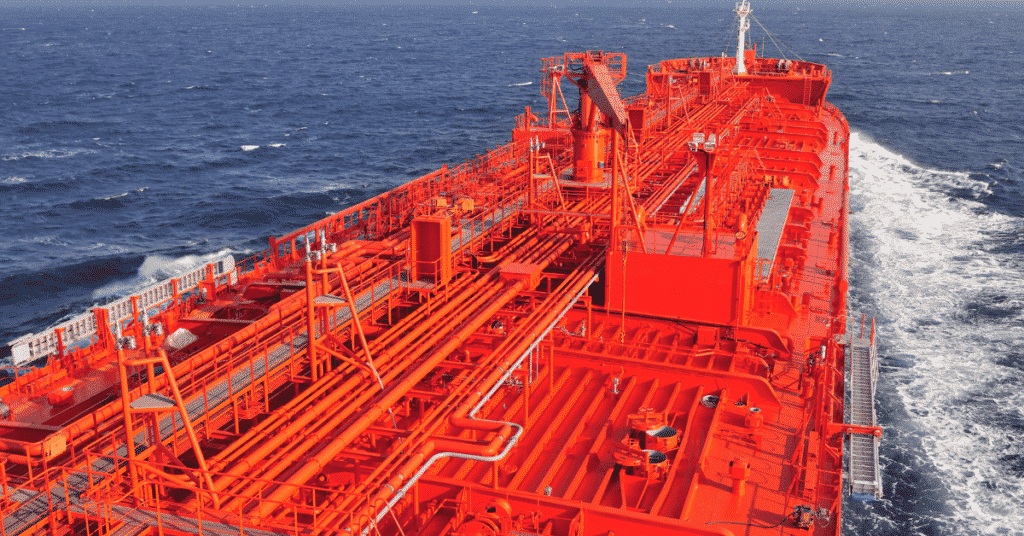
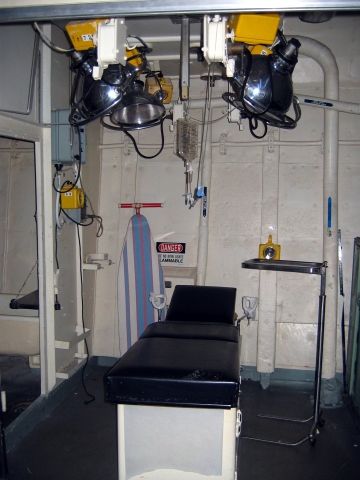
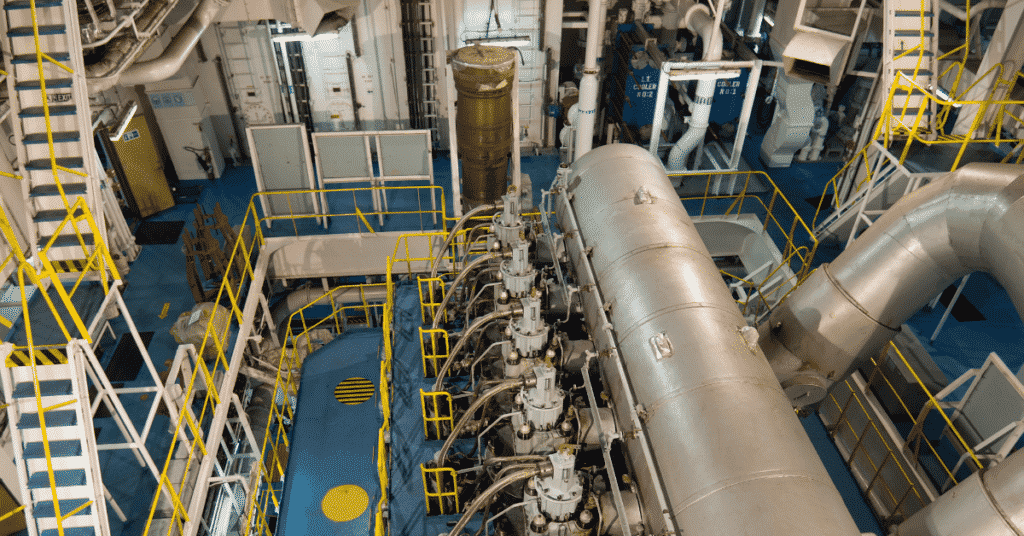

List of the Ports of Refuge in Cornwall please.